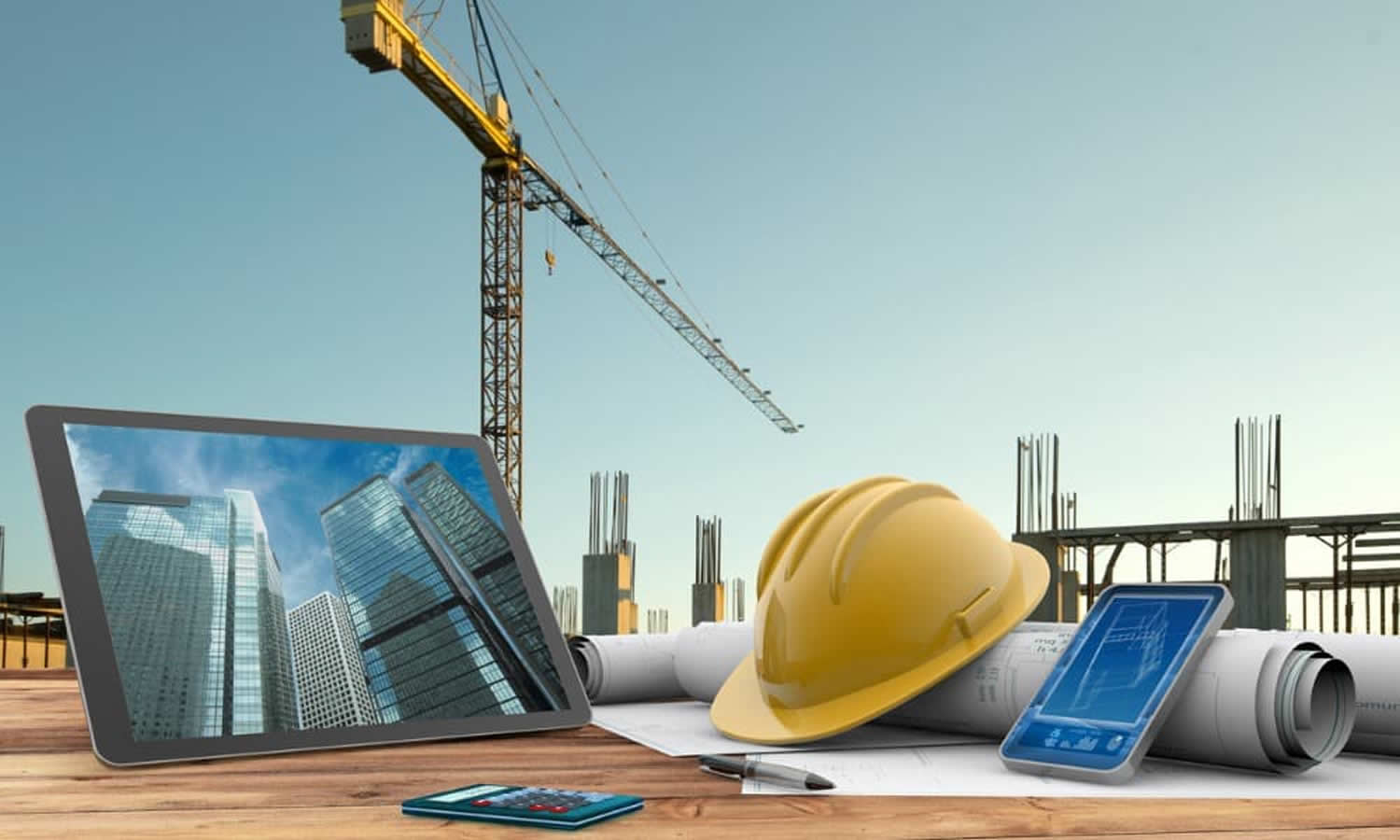Technology has shaped all industries globally, from education to agriculture to fashion. The construction industry has not been left behind, as it has embraced technological innovations every now and then. New and innovative building materials are changing the construction that is being done. The current building materials are eco-friendly, durable, reliable, and light-weight. Modern material science has advanced and created revolutionary building materials. Let us look at the most innovative building materials.
Transparent Wood
Transparent wood is one of the newest eco-friendly innovations in construction. Constructors prefer transparent wood as it is thermally efficient, five times stronger, and lighter than glass. Its special characteristics make it a potential replacement for plastic and glass windows and doors. It has other advantages over glass, including the ability to be renewed, friendly to the environment, energy efficient, and lower production cost. Additionally, it is made from balsa trees, which mature in just five years.
Decorate Acrylic Tiles
While innovative building materials have always been associated with physical properties like safety and strength, it is not always like that. Other innovations emphasize on integrating technology to create outstanding decorations through the most extravagant design ideas. Acrylic tile is one of the finishing materials with acrylic fiber, which reacts to light, movement, and touch. The tile can light and scatter the neighboring colors on the surface. Decorating with this cutting-edge material has allowed interior designers and architects to improve the aesthetic look of buildings.
Aluminium Alloy
The construction industry has increasingly appreciated the use of aluminum alloy due to its beneficial properties. More than a quarter of the aluminum produced goes to construction. Aluminum alloys are the most preferred constriction material due to their exceptional corrosion resistance, strength, durability, lightness, and cold resistance. Their extra durability makes them versatile structural materials that can create cross-sectional shapes suitable for structures that cannot be created using traditional materials like steel and concrete.
Self-Healing Concrete
Self-healing may sound like a fantastical word, but it is not. Construction engineers have come up with innovative ways in which concrete cracks can be repaired using bacteria. Capsules with certain bacteria are added to the concrete and become activated after being mixed with water. The cracked concrete rebuilds itself with moisture produced by the bacteria. While traditional concrete is a reliable and durable construction material, it loses its properties after cracking. The self-healing concrete saves the day.
Laminated Wood
It is a unique construction material that uses wood as its primary component. Wood is usually pressed into panels and laminated to produce a solid block stronger than ordinary wood. There are laminated woods and cross-laminated timbers. The laminated wood has a number of pieces of lumber attached together to create a strong beam. On the other hand, cross-laminated timber is made with several wood pieces in alternating directions to produce planes that can carry heavy loads. They are both fire resistant as their outer layer creates charring in case of fire to insulate the rest of the wood.
As the world continues to embrace the advantages of new technologies, the construction industry has been at the forefront. The development of construction materials that make buildings strong, appealing, and durable has enhanced the industry. Cutting-edge technologies of lighter, cheaper, safer, stronger, and more beautiful materials will continue to impact the construction industry.
